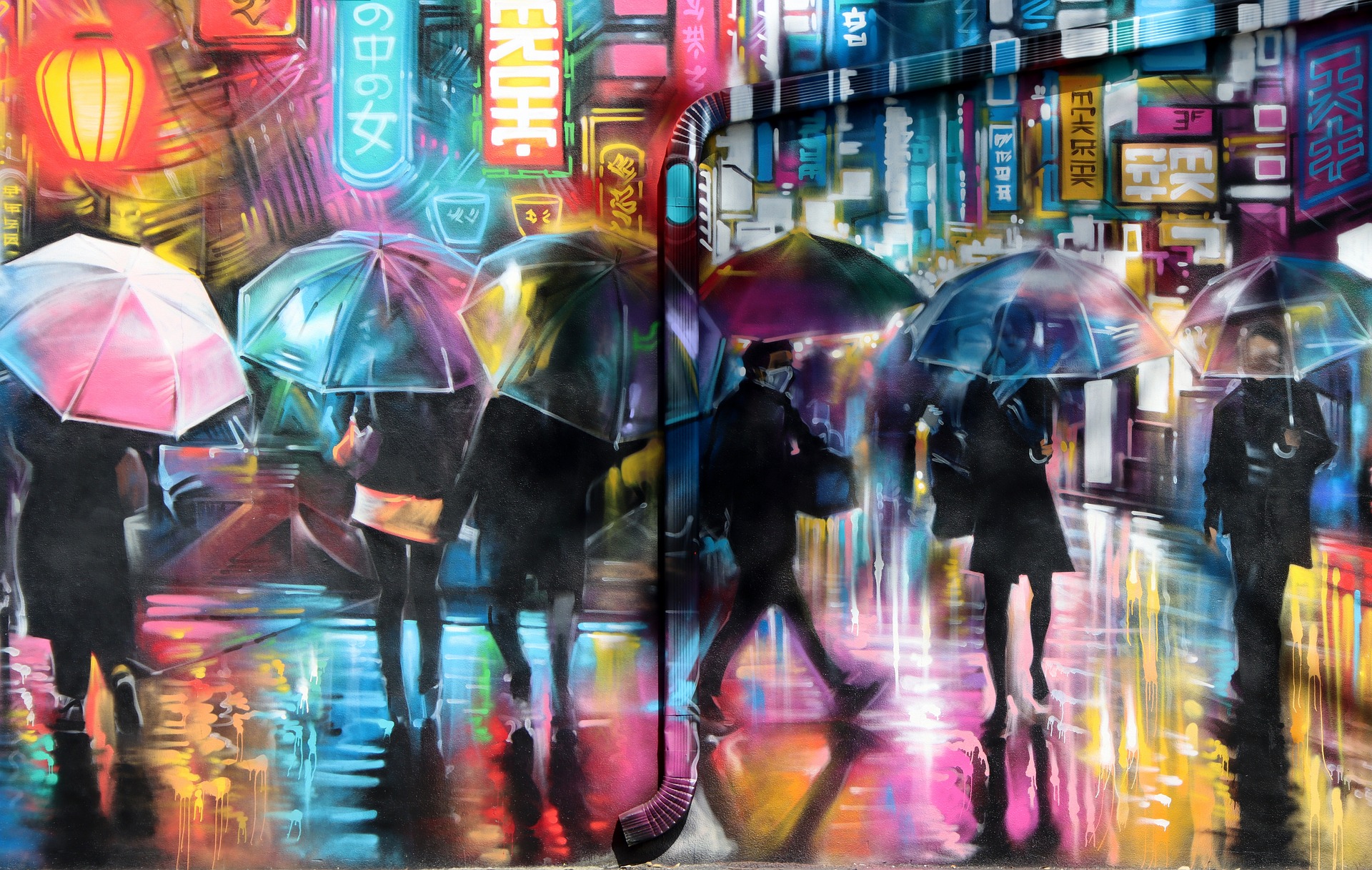Unveiling the Mystique of Neo Surrealism in Modern Cinema
Neo surrealism, a relatively new artistic movement in the cinematic realm, has begun to stir our collective consciousness. With its complex interplay of dreamlike features and contemporary themes, it's reshaping how we interpret motion pictures. Let's delve deeper into this fascinating movement, its roots, its current influence, and its potential future trajectory.

The Genesis and Development of Neo Surrealism
Neo surrealism might seem like a fresh trend in the film industry, but its roots are firmly planted in the surrealism movement of the early 20th century. Surrealists, inspired by the chaotic aftermath of World War I, sought to shun traditional norms and instead focused on the irrational and the dreamlike. Neo surrealism, while borrowing these elements, also incorporates contemporary themes and techniques, offering a novel experience that seamlessly blends the real and the unreal.
The Defining Features of Neo Surrealist Cinema
Neo surrealist films captivate audiences by presenting a distorted reality, often through non-linear narratives, vivid imagery, and inventive special effects. Directors wield these tools to challenge viewers’ perceptions, encouraging them to question the nature of reality. This genre also frequently intertwines socio-political commentary, elevating its appeal and relevance in today’s world.
Current Influences and Exemplary Works
Neo surrealism has made a significant impact on modern cinema, with directors like David Lynch and Christopher Nolan championing this style. Lynch’s ‘Mulholland Drive’ and Nolan’s ‘Inception’ are prime examples of neo surrealist cinema. These films use surreal elements to explore complex themes such as identity, reality, and consciousness, forcing audiences to think beyond the conventional.
The Impact and Reception of Neo Surrealism
The unique blend of dreamlike narratives and contemporary themes in neo surrealist cinema has captured the imagination of audiences and critics alike. Its ability to present complex ideas in a visually stunning, thought-provoking manner has made it a favorite at film festivals and award ceremonies. Despite its complexity, the genre has found mainstream success, proving that audiences are ready for more challenging, unconventional cinema.
Looking Ahead: The Future of Neo Surrealist Cinema
As for the future, the appeal and potential of neo surrealism in cinema are seemingly boundless. This genre offers an unprecedented platform for filmmakers to experiment and push boundaries, both in terms of storytelling and visual aesthetics. With an increasing number of directors exploring this genre and audiences becoming more receptive to unconventional narratives, neo surrealism is poised to redefine the cinematic landscape in the years to come.
In conclusion, neo surrealism in cinema is more than just an artistic movement; it’s a revolutionary approach to storytelling. It offers filmmakers an avenue to challenge the status quo, push boundaries, and engage audiences in a deeper, more meaningful dialogue. As we continue to explore this genre, one thing is certain: the world of cinema will never be the same.




